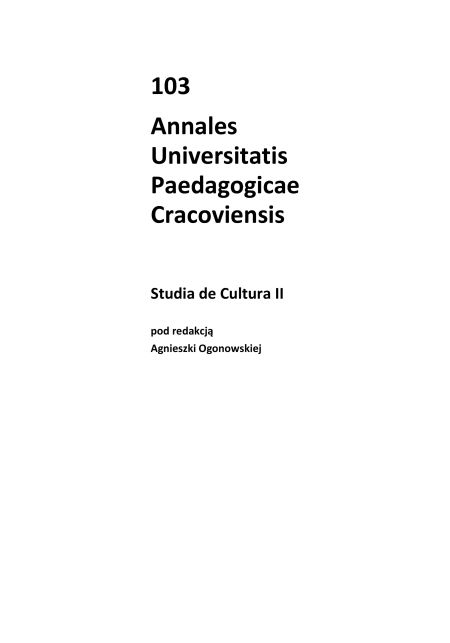Abstrakt
Photo-texts? Searching for a tool of analysis of contemporary documentary photography
A term "photo-text" emphasizes a contemporary change in visual culture researches, where photography is a link between a photographed object and its cultural meaning. In a book titled “Phototextuality” Andrea Noble and Alex Hughes stated that phototextuality plays “between the culturally fabricated nature of photographic artifact and its fundamental indexality, that is, its status as a trace of the real; and evidential manifestation of what has been”. Photo-texts characterised by critical, self-reflective and intertextual attitude towards culture go together with contemporary interests with narration, memory and history. The text is divided into few parts. I consider a status of phototextuality in the first one and present basic researches on textuality of photography in the second. I compare Roland Barthes’s analysis to a John Berger’s and Jean Mohr’s project there. Part three is dedicated to visual studies, where phototextuality is a field of discussion with models of art and popular culture (on an example of Gregor Brandler work). Finally, in the fourth part a critical attitude of photo-texts towards history is presented. In conclusion, photo-texts are regarded as an effective tool of contemporary culture analysis, both on the level of its production and on “reading” level. This reading is not a “free” or “mis” -reading, that tears the meanings off the objects of reference, but rather which “anchorages” those meanings in represented object.
Bibliografia
Bal M. (1999), Introduction, w: The Practice of Cultural Analysis. Exposing Interdisciplinary Interpretation, ed. M. Bal, Stanford, California.
Zobacz w Google Scholar
Bal M. (2001), Louise Bourgeois’ Spider. The Architecture of Art-writing, Chicago and London.
Zobacz w Google Scholar
Bal M. (2003), Visual essentialism and the object of visual culture, “Journal of Visual Culture”, Vol. 2(1).
Zobacz w Google Scholar
Barthes R. (1971), Trzeci sens. Poszukiwania na podstawie kilku fotogramów z filmów S.N. Eisensteina, przeł. R. Wyborski, „Kino” nr 1, s. 37–41.
Zobacz w Google Scholar
Berger J., Mohr J. (1995), Another Way of Telling, New York.
Zobacz w Google Scholar
Domańska E. (2006), Historie niekonwencjonalne, Poznań.
Zobacz w Google Scholar
Fried M. (2008), Why photography matters as art as never before?, New Haven and London.
Zobacz w Google Scholar
Fryer Davidov J. (2003), Narratives of Place: History and Memory and the Evidential Force of Photography in Work by Meridel Rubinstein and Joan Myers, w: Phototextualities: intersection of photography and narrative, ed. A. Hughes, A. Noble. Albuquerque.
Zobacz w Google Scholar
Hughes A., Noble A. (2003), Introduction, w: Phototextualities: intersection of photography and narrative, ed. A. Hughes, A. Noble. Albuquerque.
Zobacz w Google Scholar
Kuhn A. (2002), Family secrets. Acts of Memory and Imagination, London, New York.
Zobacz w Google Scholar
Owens C. (1994), Beyond recognition: representation, power and culture. Berkeley, Los Angeles, London.
Zobacz w Google Scholar
Rosner K. (2003), Narracja, tożsamość, czas, Kraków.
Zobacz w Google Scholar
Scott C. (1999), The spoken image: photography and language, London.
Zobacz w Google Scholar
Sikora S. (2004), Fotografia. Między dokumentem a symbolem. Izabelin.
Zobacz w Google Scholar

